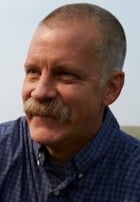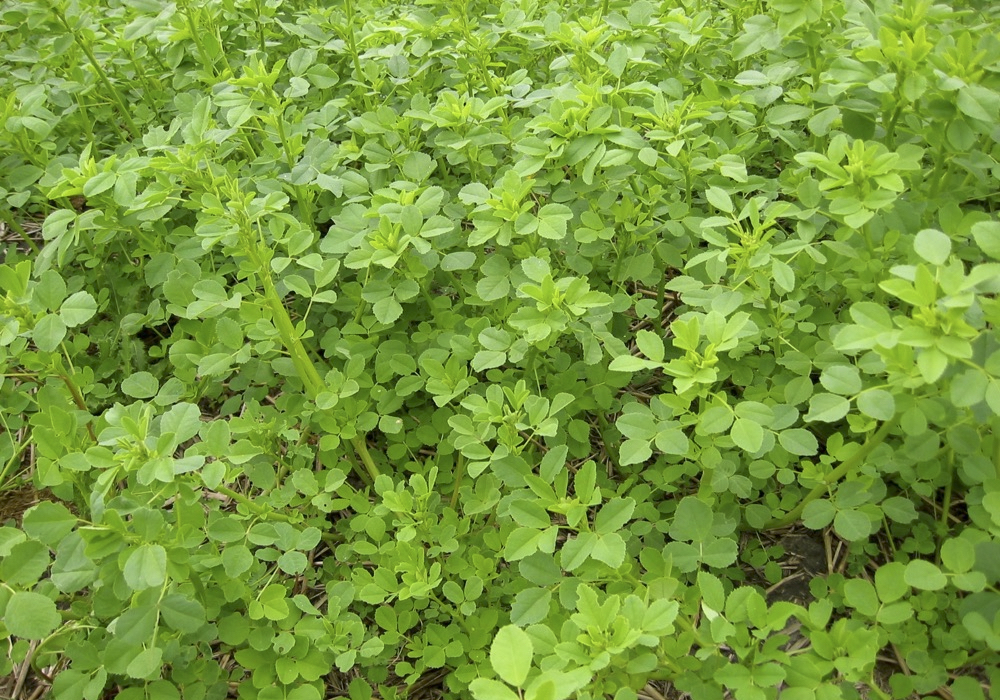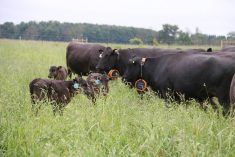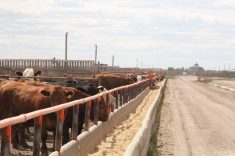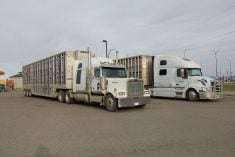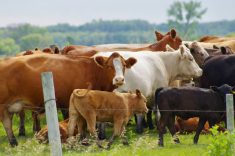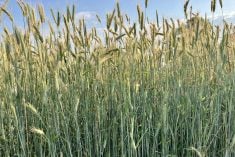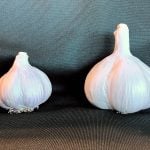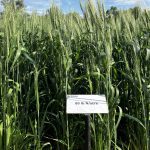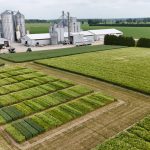Henry Ford famously said, “Any customer can have a car painted any colour that he wants so long as it’s black.” Today’s vehicles have endless options in terms of colour, body style, engine, drivetrain and everything else you can imagine. Some people revel in these endless options, enjoy mixing and matching and “building” exactly what they want. Some of us are put off by all the extra hassle it takes just for the pleasure of dropping a king’s ransom on a new vehicle and decide we’ve probably got a few more years and a few more thousand miles before the wheels fall off whatever we’re currently driving.
Marketers call that phenomenon “choice paralysis.” It can cause enormous problems for producers wanting to reseed tame perennial pastures and hayfields.
Forage production typically declines as tame pastures get older, especially if moisture, fertility, or grazing management are limiting. Over time, legumes die out and less desirable species such as bluegrass, dandelions and thistles increase. Eventually, it no longer resembles the “alfalfa-grass” mix that was originally seeded. But re-seeding forages is costly and can be risky and it’s not always easy to know what forages or varieties to seed next. The Canadian Food Inspection Agency no longer requires experimental yield, quality or agronomic data before new forage varieties are registered. Often, the only information available is data from the breeder or seed company, based on a limited number of sites and comparing to a historical “control” variety that may not be the industry standard.
Read Also
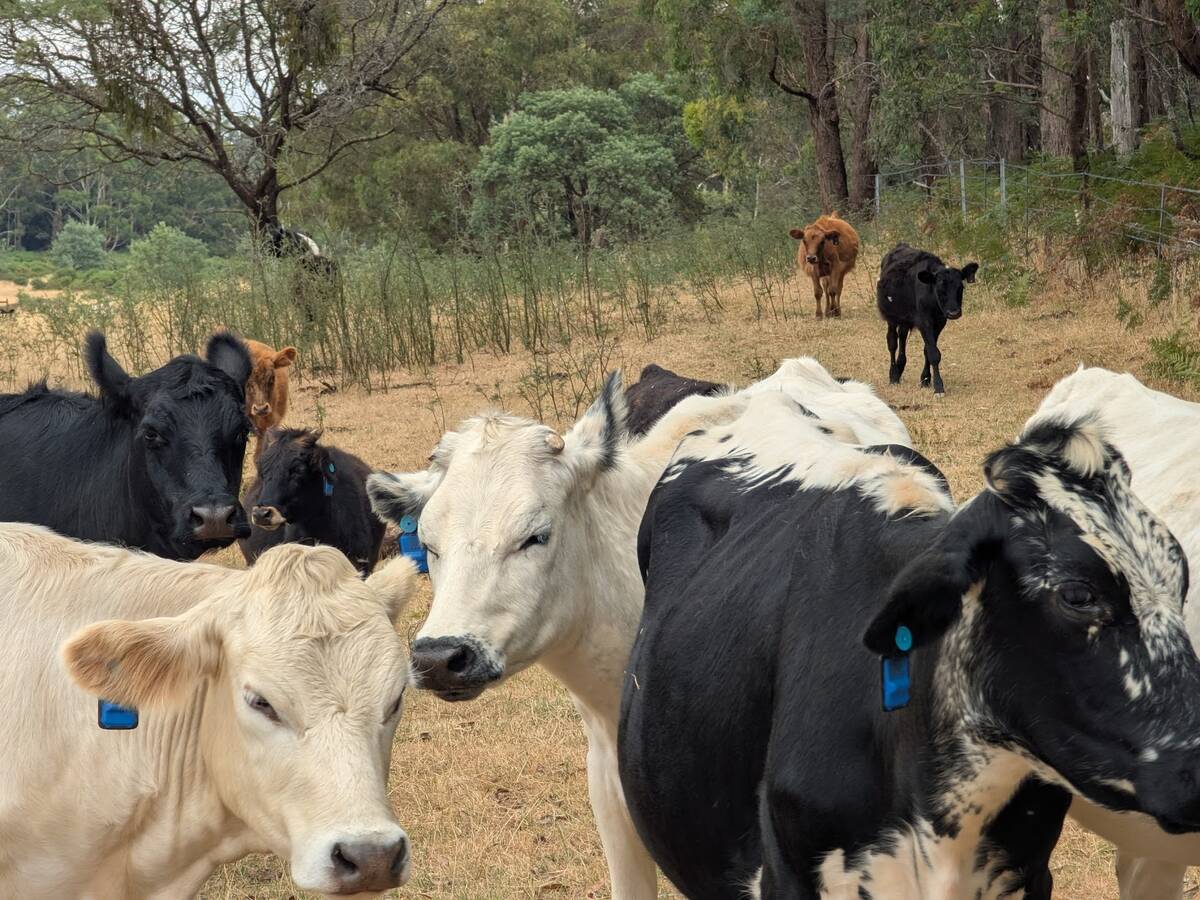
Australian company brings ear-tag tech to Canadian pastures
With Smart Paddock, beef farmers and ranchers can track their cattle through GPS technology
How are you supposed to know what to seed? You might be tempted to buy an off-the-shelf forage seed mix, hoping that some of the seed in the blend will germinate, establish and grow where you need it to. But off-the-shelf mixes weren’t designed to meet your precise needs — they were designed with the “average” operation in mind, to meet a price point. If that retail one-size-fits-all doesn’t fit the demands of your situation, then germination, emergence and establishment may suffer and leave you back at square one and dollars behind.
Sorting out what forage species and blends might work for your situation is difficult. It’ll depend on soil zone, ecoregion, soil texture, soil pH and salinity conditions. It’ll depend on what you want to use it for (e.g. hay, pasture, or both). Head-to-head comparisons of different forage varieties can be hard to find and they’re often very site-specific. Recommended seeding rates will vary because different forage species often have different seed sizes. Seeding rates will also vary depending on whether you’re seeding into an existing stand (and how – e.g. frost seeding versus sod seeding) or whether you’re starting a whole new stand on bare soil. What weeds are you dealing with and what’s the best strategy to deal with them in a mixed stand?
The answers to all these questions (and more) are available. But if you need to find each answer, figure out which answers are credible and relevant to your soil type, landscape and climate and piece them all together by yourself. That’s a LOT of work! It might be easier to just leave that old pasture or hay stand alone and complain about the yields.
The good news is that solutions to this challenge exist. Tools like the “Saskatchewan Dryland Forage Species Selection Tool” (early 2000s) and the “Peace Forage Tool” (2014) were developed to help producers make an informed choice about which perennial forage species were suitable for their specific combination of soil type, salinity conditions, and production and management systems in Saskatchewan and B.C. These tools were well-received but didn’t help producers elsewhere in Western Canada.
In 2018, the Beef Cattle Research Council (BCRC) funded a project, led by the Saskatchewan Forage Council, to combine the existing Saskatchewan and B.C. tools. The idea was to expand them to include additional forage varieties suited to more regions and apply to soil and climate conditions across Western Canada, offering it as an online tool. The “Forage U-Pick” tool was launched in 2020. It was also well-received. But it didn’t cover the needs of producers in Central and Atlantic Canada.
So, in 2020, the BCRC funded an Ontario Forage Council project to expand the Forage U-Pick tool and make it nationally relevant. This was no small feat, given that Central and Atlantic Canada don’t have official soil zones, face different soil challenges (e.g. acidic soils instead of Western Canada’s alkaline or saline soils), different climatic conditions (e.g. high moisture and waterlogging are more common and drought is less common) and different forage varieties (e.g. Timothy, birdsfoot trefoil and orchardgrass, etc.). It was completed in 2023 and is available at upick.beefresearch.ca. It’s also available en français.
What does this mean to you? Your checkoff funds a lot of forage breeding work across Canada. The Forage U-Pick tool can help you assess whether these new varieties can fit your situation.
Bottom line: Deciding whether or how to reseed a pasture or hay stand can be confusing, costly and risky. The Forage U-Pick tool can help you make better, less risky choices, more easily.
The Beef Cattle Research Council (BCRC) is a not-for-profit industry organization funded by the Canadian Beef Cattle Check-Off. The BCRC partners with Agriculture and Agri-Food Canada, provincial beef industry groups and governments to advance research and technology transfer supporting the Canadian beef industry’s vision to be recognized as a preferred supplier of healthy, high-quality beef, cattle and genetics. Learn more about the BCRC at beefresearch.ca.

